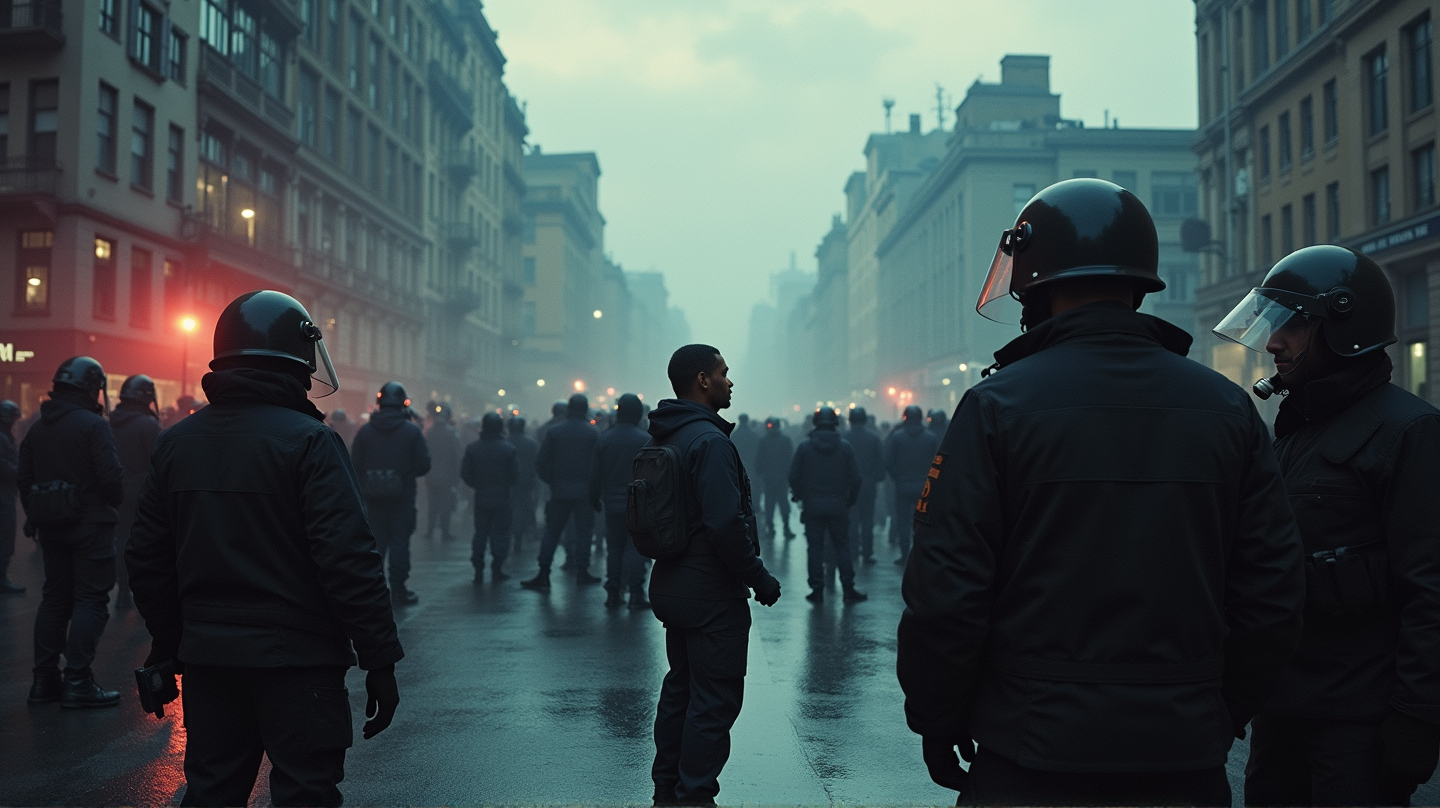In a dramatic twist of events unfolding in the heart of Los Angeles County, Cynthia Gonzalez, the vice mayor of Cudahy, finds herself in the eye of a storm after allegedly inciting local gangs against United States Immigration and Customs Enforcement (ICE) agents. The Los Angeles Police Protective League (LAPPL) has issued a fervent call for her resignation, claiming her actions endanger law enforcement officers.
The Controversial Video
The controversy ignited with a video Gonzalez allegedly posted on social media, wherein she appeared to call on members of the notorious 18th Street and Florencia 13 gangs to “protect their turf” from ICE. These groups, known for their violent history, have been implicated in past attacks on law enforcement.
Richard Mendoza of LAPPL expressed disbelief, describing the video’s implications as “dangerous” and “irresponsible.”
Echoes of Past Tensions
This incident echoes the tumult witnessed earlier this month when anti-ICE protests escalated into violence, leaving multiple officers injured. “In the last riots… we had 52 officers injured,” Mendoza recounted, highlighting the stakes of such incendiary rhetoric.
As stated in Fox News, federal authorities have reportedly launched an investigation, underscoring the seriousness of the situation.
Federal Response and Public Outcry
The federal response was swift. The U.S. Department of Homeland Security labeled Gonzalez’s comments “despicable,” linking them to a troubling rise in assaults on ICE officers. FBI agents have allegedly visited Gonzalez’s residence, though they have not confirmed active investigations publicly.
Community Divided
The incident has created a polarizing atmosphere within the community. Calls for accountability are met with demands for thorough investigation and transparency regarding the vice mayor’s intentions and actions.
The Path Forward
As the investigation unfolds, the situation remains fluid. The potential legal repercussions for Gonzalez, alongside broad implications for the community’s relationship with law enforcement, paint a complex picture of authority, safety, and community advocacy.
This unfolding saga leaves many questions unanswered, promising a narrative that will shape local politics and community relations in the coming days.
